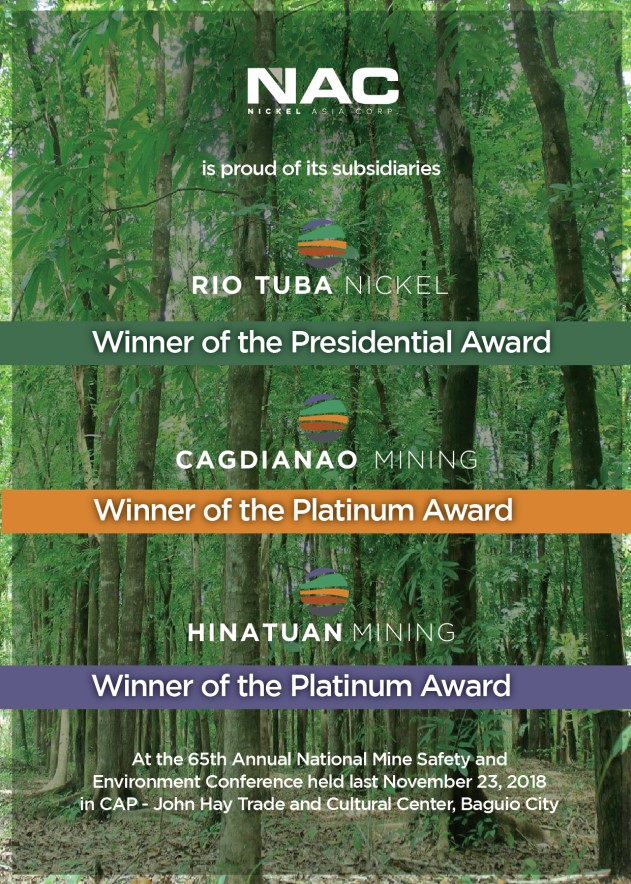Harvest Time
NAST picks 2 PhilRice staffer as Outstanding Young Scientists
 By Sosimo Ma. Pablico
By Sosimo Ma. Pablico
The National Academy of Science and Technology [NAST] conferred the coveted Outstanding Young Scientist [OYS] award to PhilRice plant breeder Dr. Antonio A. Alfonso and soil scientist Dr. Constancio A. Asis at the Manila Hotel last July 8.
Indeed, the award provides continuing proof that indeed rewards come without asking for it after one has achieved significant contributions in his line of specialization.
Dr. Leocadio S. Sebastian, outgoing PhilRice executive director who received the same award years earlier, told the OYS screening committee that Dr. Alfonso deserves the award because of his significant contribution towards the molecular basis of understanding cytoplasmic male sterility and fertility restoration in plants. He has also made important innovations in rice breeding in the Philippines, particularly the application of molecular marker technology.
On the other hand, Dr. Asis was selected for his significant achievements in the development of novel approaches in increasing biological nitrogen fixation in legumes and in elucidating the interaction mechanisms of nitrogen fixing bacteria in non-leguminous crops, as well as for his pioneering work on the adoption of leaf color chart as a tool for appropriate application of nitrogen fertilizer.
“As a Rockefeller Foundation-sponsored Ph.D. student at Cornell University in Ithaca, New York, USA, Dr. Alfonso was instrumental in the cloning and functional characterization of the first nucleus-encoded Restorer of fertility (RF) gene in plants using petunia as a model species,” said Dr. Sebastian.
Dr. Alfonso’s team provided useful insights into the evolution of gene structure and function, which have practical applications in varietal improvement, especially in the exploitation of hybrid vigor to increase crop yield. Experts consider these findings as a “critical advance” in elucidating the control of gene expression and interaction between nuclear and cytoplasmic genomes.
According to Dr. Sebastian, Dr. Alfonso’s profound interest in fertility restoration is entrenched in his belief that hybrid rice technology can be an effective strategy for the Philippines to attain rice self-sufficiency.
Using the information he obtained in the petunia system, Dr. Alfonso is now developing DNA markers for the rice Rf gene so that the time and cost of developing superior rice hybrids would be drastically cut down.
Already, Dr. Alfonso has developed several mapping populations for genetic analysis and is using them to validate his candidate PCR-based markers for more efficient selection of Rf-containing plants. He hopes that by identifying the rice Rf genes, he can take a few steps further by designing novel strategies to improve hybrid seed production, which is a major bottleneck in hybrid rice production.
He is also involved in ground-breaking breeding research like: the development of disease-resistant and provitamin A or beta carotene-enriched rice (Golden Rice) for the Philippines using molecular markers; wide hybridization and radiation mutagenesis to find novel sources of genes for resistance to biotic and abiotic stresses.
On the other hand, Dr. Asis developed a novel technique of increasing nitrogen fixation in legumes through combined inoculation of Rhizobium and helper bacteria. This technique doubles the capacity of the plants to tap at-mospheric nitrogen as their source of fertilizer, thereby reducing the use of expensive chemical fertilizers that deplete fossil fuels.
Dr. Asis discovered a compound called Trigonelline, a chemo-attractant for rhizobia and an active medicinal compound found in rice seeds, implying the beneficial interaction of rice with nitrogen fixing bacteria and proves the benefits derived from drinking rice coffee.
He has also isolated a nitrogen fixing bacteria from sugarcane and sweet potato, which can be used to develop inoculants to improve the growth and yield of non-legumes in low input organic crop production.
His pioneering research on the relationship between nitrogen content and leaf color of Philippine rice varieties has resulted in the adoption of leaf color chart [LCC] as a simple and farmer-friendly diagnostic tool for sustainable nitrogen management in irrigated rice. The LCC is now being used nationwide and farmers have been saving at least PPh1,000 on fertilizer inputs before prices spiraled to high heavens. He also conducted a pioneering study on the use of LCC for corn. He is currently conducting a study on the use of this tool in rainfed rice production.
(Readers may reach columnist at spablico@yahoo.com. For past columns, click http://sundaypunch.prepys.com/archives/category/opinion/harvest-time/ For reactions to this column, click “Send MESSAGES, OPINIONS, COMMENTS” on default page.)






